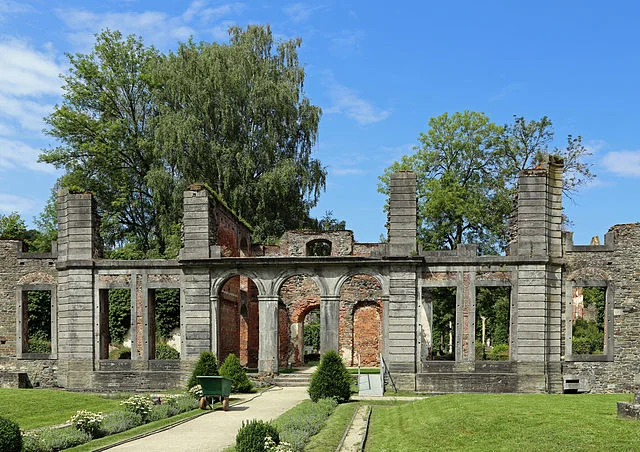Villers Abbey, located in Villers-la-Ville, Belgium, is one of the most notable examples of Cistercian architecture in Europe. Founded in AD 1146, it played a significant role in the medieval monastic landscape. Its ruins provide insight into Cistercian life, architecture, and spirituality during the Middle Ages.
Get your dose of History via Email
Historical Background
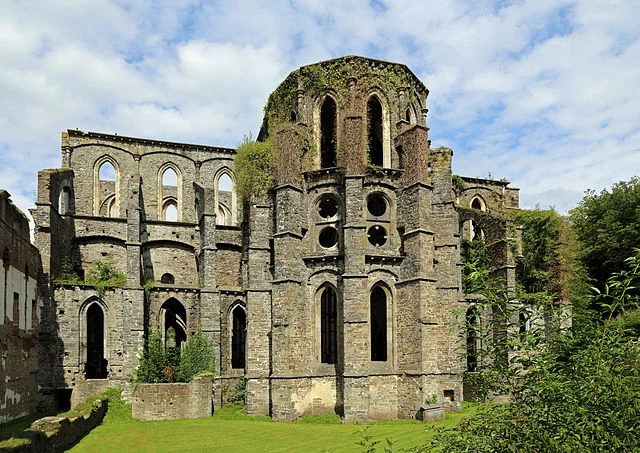
The Cistercian order was established in AD 1098. It spread rapidly across Europe, with the goal of restoring the simplicity of Benedictine monasticism. Bernard of Clairvaux, an influential figure in the order, oversaw much of this expansion, including the establishment of Villers Abbey in AD 1146. The abbey became one of the largest Cistercian monasteries in Europe, housing over 100 monks at its peak in the 13th century.
Monastic Life
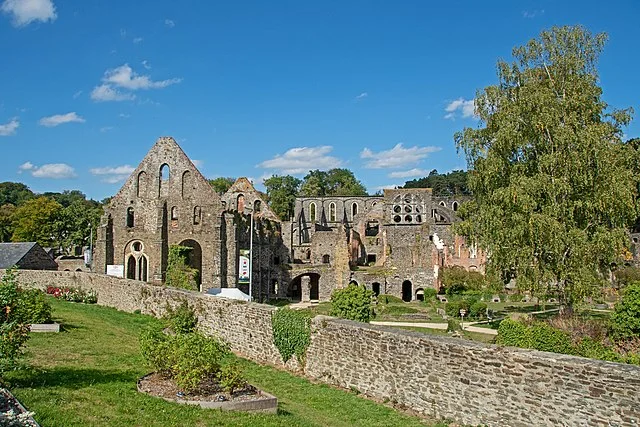
Monks at Villers Abbey followed a strict routine. They engaged in prayer, manual labor, and reading religious texts. As with other Cistercian abbeys, simplicity and self-sufficiency were key values. The monks worked in agriculture, particularly in farming and viniculture, which supported the abbey’s needs and even allowed for some economic influence in the region.
Architecture of Villers Abbey
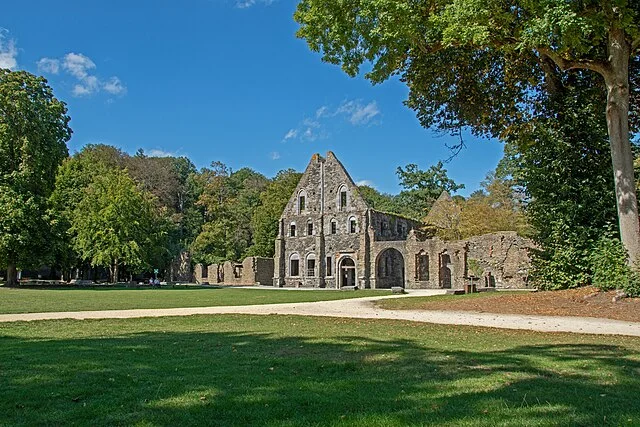
Villers Abbey is renowned for its Gothic architectural features. The abbey’s church, built in the 13th century, was a significant architectural achievement. It featured large pointed arches, ribbed vaults, and stained glass windows. These features not only represented the Gothic style but also reflected the spiritual aspirations of the Cistercian order. The simplicity of the architecture mirrored the monks’ desire for humility and devotion.
Economic Role
While the monks of Villers Abbey lived simple lives, the abbey itself became an economic powerhouse in medieval Belgium. Through land ownership, farming, and trade, the abbey accumulated wealth. It controlled large tracts of land, including forests, farms, and vineyards, which provided food and revenue. By the 14th century, the abbey had expanded its reach beyond its immediate area, with holdings throughout the region.
Decline and Abandonment
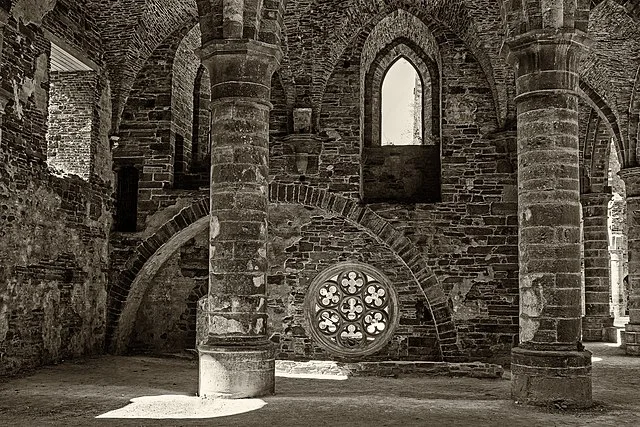
Despite its initial success, Villers Abbey began to decline in the late Middle Ages. By the 16th century, the abbey suffered from internal problems, such as reduced numbers of monks and financial difficulties. The abbey was further damaged during the wars of the 17th and 18th centuries. Finally, the French Revolution led to its abandonment in AD 1796. The abbey’s buildings were sold off, leaving the site in ruins.
Preservation and Modern Importance
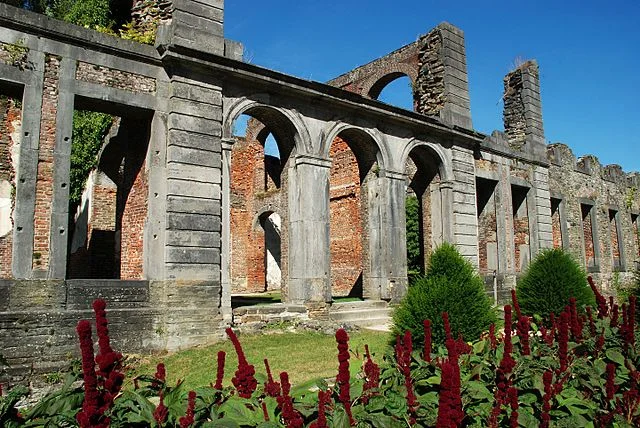
In the 19th century, efforts began to preserve what remained of Villers Abbey. Today, it is a protected heritage site and a major tourist attraction. The ruins have been partially restored to give visitors a sense of the abbey’s former grandeur. The site hosts events and exhibitions that explore its historical significance and the Cistercian way of life.
Conclusion
Villers Abbey stands as an important monument to medieval Cistercian architecture, monastic life, and economic influence. Although it is now in ruins, its significance remains undiminished. It offers valuable insights into the role of monastic communities in medieval Europe, as well as the lasting impact of the Cistercian order.
Source:

